
Immunology Pipeline Includes New Approvals, Expanded Indications for Dermatology, Reparatory, and GI
New options are being developed for conditions including psoriatic arthritis, ulcerative colitis, and asthma.

New options are being developed for conditions including psoriatic arthritis, ulcerative colitis, and asthma.
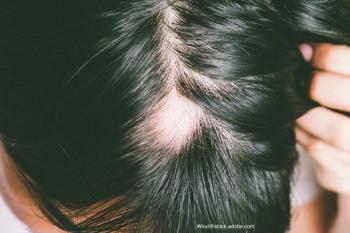
The drug has previously been approved to treat moderately to severely active rheumatoid arthritis.

The pipeline includes next-in-class treatments for melanoma, NSCLC, breast cancer, and multiple myeloma.

Education, honesty, and communication skills are key when it comes to creating treatment regimens.
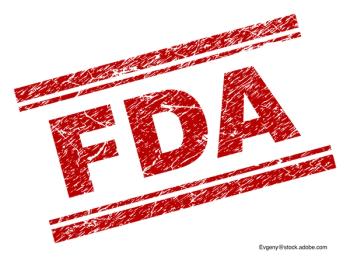
Sanofi and Regeneron Pharmaceuticals, Inc announced the FDA approval of dupilumab. It is now the first biologic medicine for children from 6 months to 5 years old with moderate to severe atopic dermatitis.

Recent research puts the role of sunscreens in a whole new light, including need-to-know information on SPF, how to improve adherence and address patient concerns about sunscreen safety, and more.
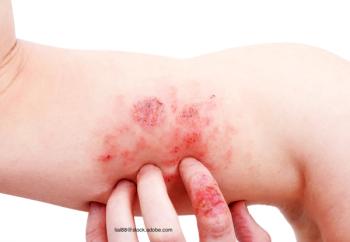
Data gathered from an electronic medical record found the results in a real-world patient population with atopic dermatitis were consistent with those found in clinical trials.

Matthew Zirwas, MD, shares his step-by-step pearls for quelling the pruritic skin condition.

Protection from the harsh rays of the sun is crucial for everyone—including children. Now that summer has arrived, a refresher course can go a long way in preventing skin damage and disorders due to the sun.
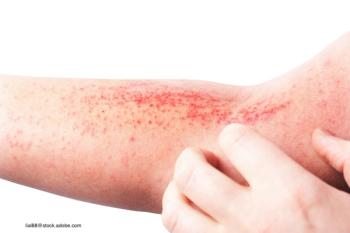
Across the globe, new drugs — injections, topical and oral — are being developed to help patients with atopic dermatitis.

Data from one study showed younger women more likely to use sunscreen than older adults.

UCB announced the FDA issued a CRL that stated that the FDA cannot approve the BLA in its current form.

Ruxolitinib cream 1.5% may soon be the first FDA-approved treatment for repigmentation of vitiligo. Experts share what dermatologists need to know regarding efficacy, safety, and cost of this topical drug.
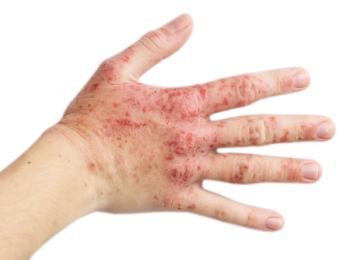
The drug’s approval was based on the results of 3 clinical trials.

An American Academy of Dermatology survey found that more Americans say sun protection is more important than 5 years ago, but don’t understand how to protect themselves.

A presentation at the New Wave Dermatology Conference highlighted the risk of lice and scabies for increasingly older patients—and what treatments are available.
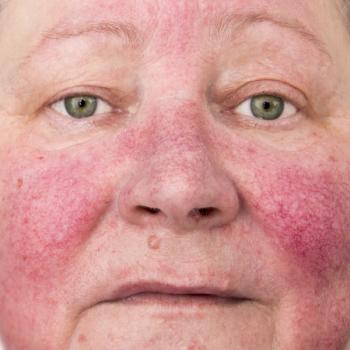
Sol-Gel Technologies and Galderma announced the FDA approval of the 5% benzoyl peroxide, cream for the treatment of inflammatory lesions of rosacea.

A look at the revolutionary and evolutionary advances shaping dermatology in 2022.

The education on how to treat patients with skin issues in this group needs to be expanded so providers can better treat patients.

A supplemental biologics license application was recently submitted.
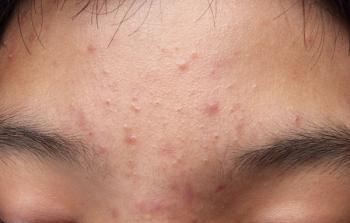
At AAD, one researcher shared the potential risks of antibiotic resistance in acne management.

Patients on testosterone for masculinizing hormone therapy are at an increased risk of acne due to both inside and outside factors. Matthew David Mansh, MD, FAAD, explains his process for treating these patients.
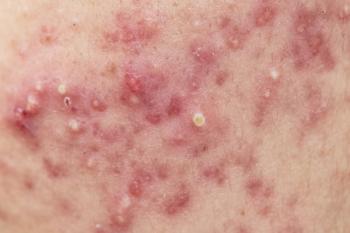
A recent study investigated the potential adverse events around using 5-aminolaevulinic acid photodynamic therapy (ALA-PDT) for acne treatment.

A recent study investigated how the limited access to specialty care in these populations may affect the detection and diagnosis of skin cancer.

The American Academy of Dermatology’s newest guideline focuses on awareness of other health conditions associated with atopic dermatitis in adult patients.